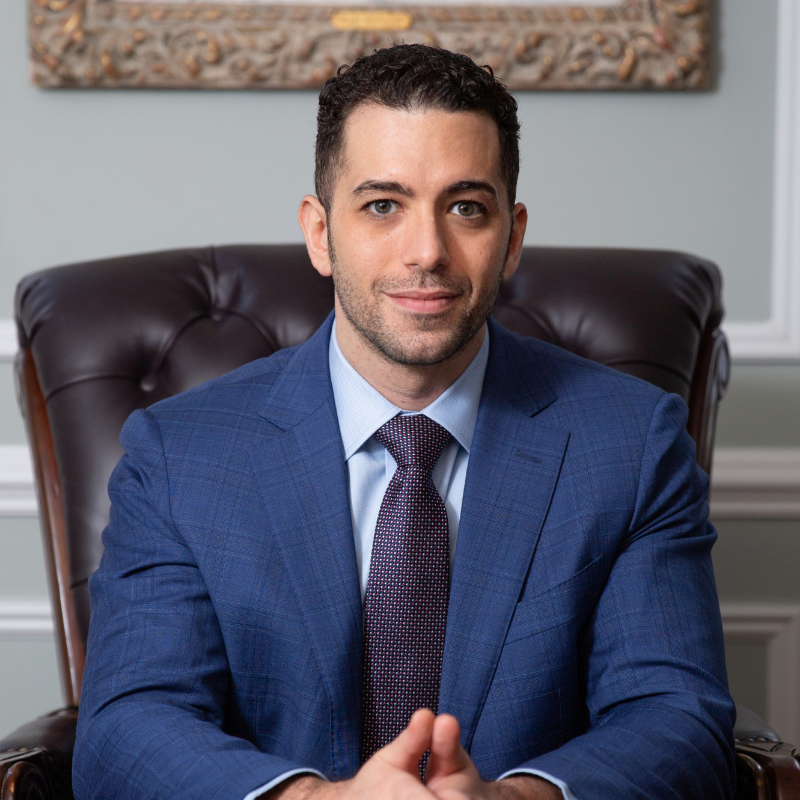What is Fungal Sinusitis?
Sinus infections are a common problem, with many people experiencing them at some point in their lives. But what if your sinus infection is caused by fungus? Fungal sinusitis is an ailment that encompasses different ways in which fungi can be involved with the inflammation of nasal passages and sinuses. While it’s not as prevalent as other types of sinusitis, fungal sinusitis is becoming more common due to our environment’s relationship to weakened immunity, in addition to improved ability to recognize and diagnose it.
There are four types of fungal sinusitis: saprophytic fungus, fungus ball, allergic fungal sinusitis (AFS), and invasive fungal sinusitis.
Saprophytic Fungal Sinusitis is a condition where the fungus usually just resides within the mucus in the nose, and it and does not cause an infection. In most cases, treatment is simple removal of the crusts with nasal lavage or other methods. However, if the fungus is causing additional symptoms, such as difficulty breathing or pain, then more aggressive treatment may be necessary. In either case, it is important to see a doctor if you think you may have a fungal infection in your nose.
Fungus Ball Fungal is a condition caused by the growth of fungi in the sinuses. This can lead to the formation of thick clumps of mucous, known as fungal balls. These large collections of material can block off the sinus and nasal pathways and cause discomfort, bleeding, or infections. Fungal sinusitis is most often seen in patients whose immune system isn’t functioning properly, and it usually affects the sinuses below the eye, or in the cheeks. Patients may complain of slight pain, but often there are no symptoms until the fungus ball grows large enough to block the sinus. This will then result in chronic sinus infections and possible breathing problems. Treatment for this type of fungal sinusitis generally requires surgery to open and clean out the sinus in addition to nasal steroid sprays.
Allergic fungal sinusitis (AFS) is a condition characterized by an allergic reaction to one of several common fungi. AFS usually occurs in patients with hyperactive immune systems, with allergy related symptoms. Patients may only notice allergic-like symptoms at first, such as nasal congestion, runny nose, and sneezing. Allergies can subsequently lead to inflammation that causes the sinuses to fill with thick mucus that is difficult to treat with medications. As time progresses, this thick mucous can cause chronic sinus infections characterized by pain, discomfort, nasal drainage, and breathing problems.
Invasive fungal sinusitis is a severe infection of the nasal and sinus lining that can lead to the destruction of nasal/sinus tissue caused by an aggressive fungal infection.
What are the symptoms of fungal sinusitis?
They’re similar to other forms of sinusitis and can include: nasal congestion, facial pain/pressure, loss of smell or foul odor in the nose, and nasal drainage.
What is the treatment for Fungal Sinusitis?
Treatment options typically require surgery to physically remove the fungus as well as immunotherapy such as steroids. The main way to open your sinuses is Functional Endoscopic Sinus Surgery (FESS). In revision surgery, or if the sinuses next to your eyes or brain are involved, then you may also need Image Guidance Functional Endoscopic Sinus Surgery (FESS). This type of sinus surgery is performed using a high-powered camera on the end of an optically lighted tube. The surgeon can magnify the contents of your nose onto a large video monitor in great detail. Micro-instruments are used to open sinuses and remove infected bone and tissue. This is generally done under general anesthesia so you are completely comfortable and relaxed during the procedure. Image Guidance Surgery is a 3-dimensional visualization system that uses your CAT scan to track instruments inside of your nose and sinuses. The guidance provides an additional tool to locate where you are inside of the nasal cavity and can be used with Functional Endoscopic Sinus Surgery. It is most appropriately used for revision surgeries or with the frontal, lateral ethmoid and sphenoid sinuses which are adjacent to the brain, eyes and major head nerves and vessels.

